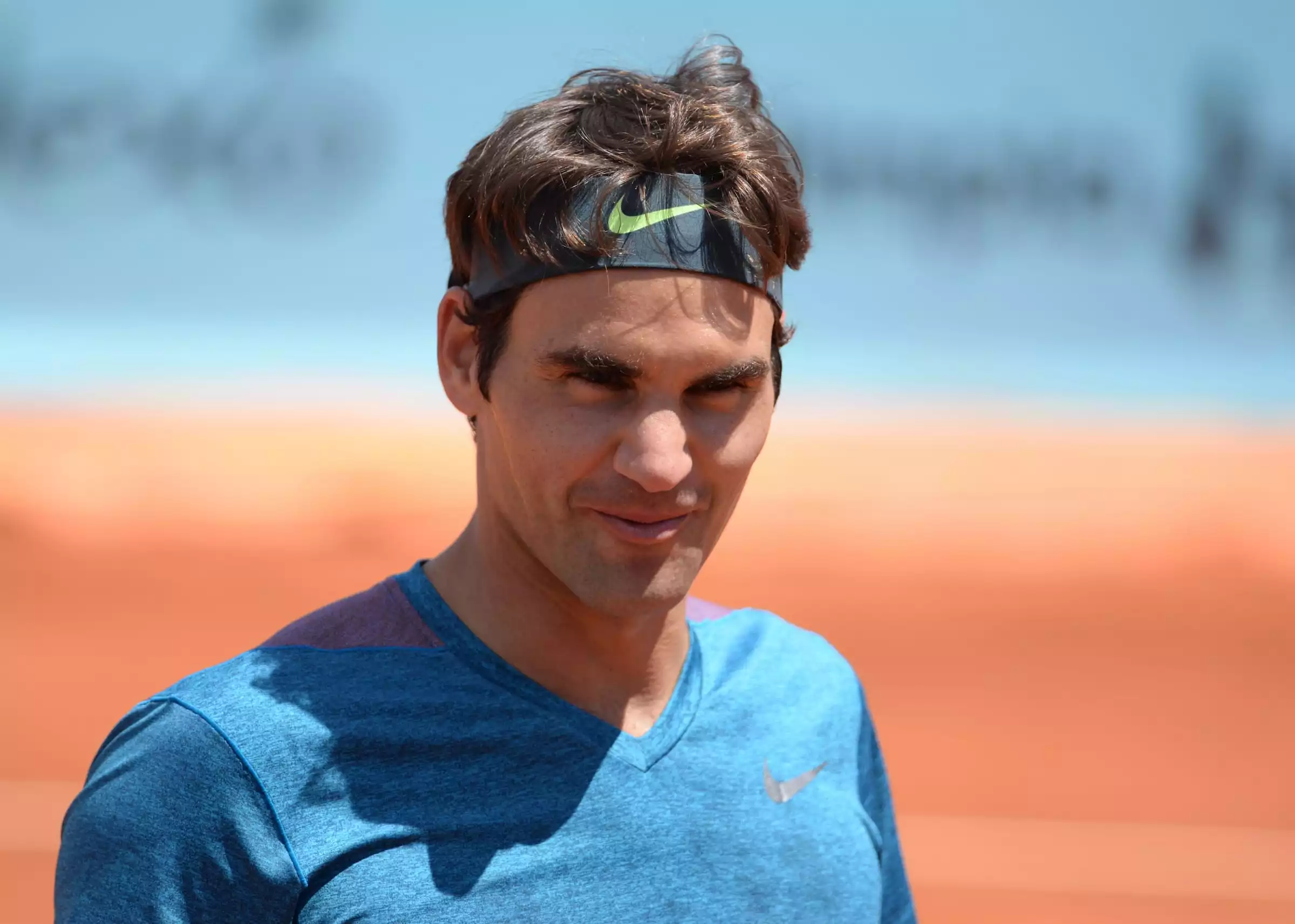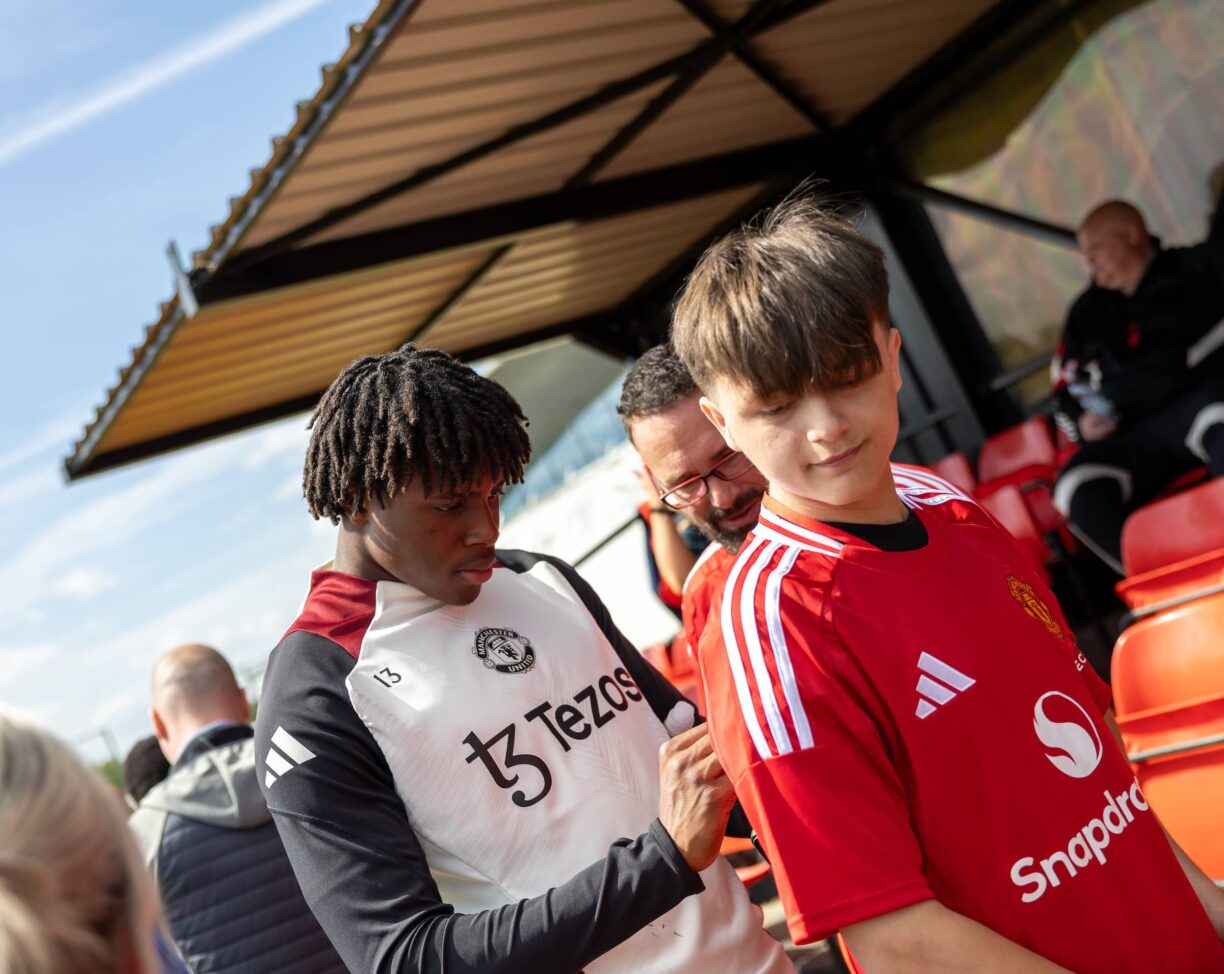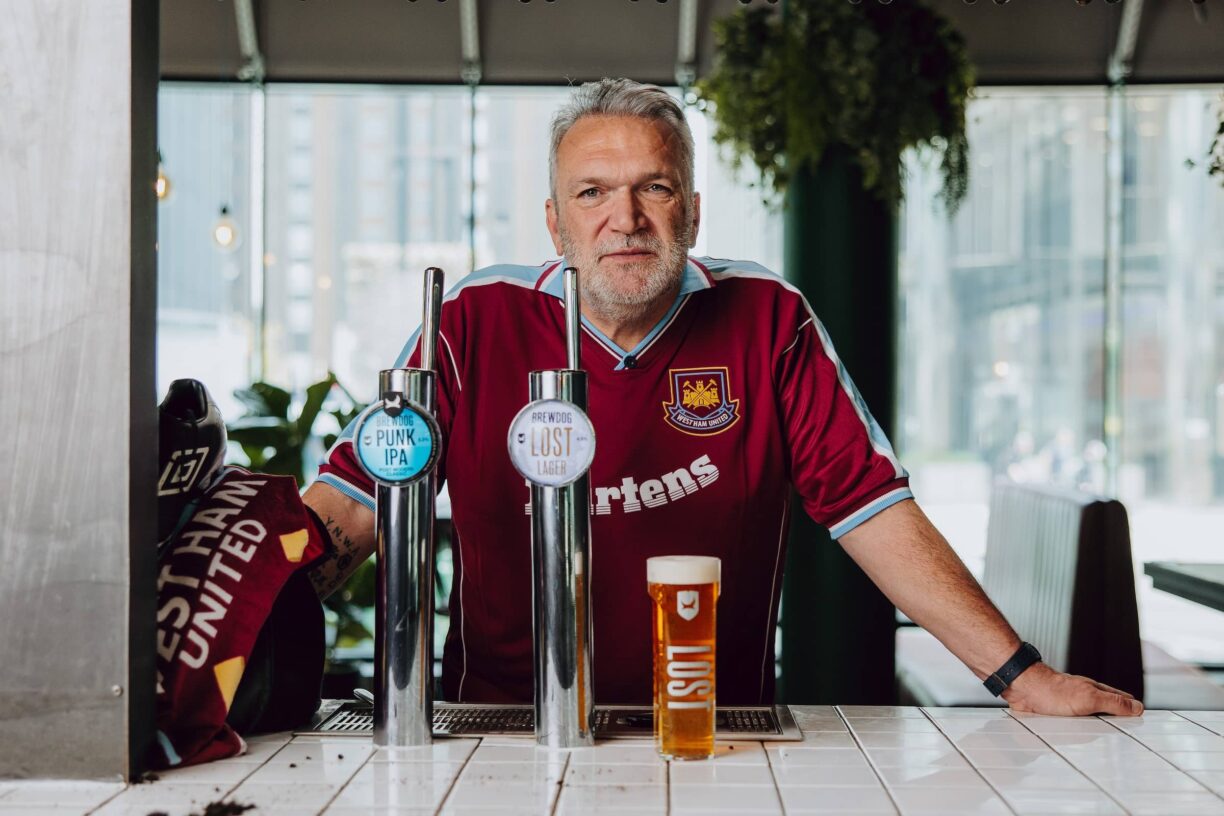When Roger Federer withdrew from the rest of the French Open, concerns were raised over his plans to rest his right knee following a minor operation.
Roger recently announced on his social media, “I have decided I would need to pull out of the Tokyo Olympics.
After 2 knee surgeries and over a year of rehabilitation, it’s important I listen to my body and make sure I don’t push myself too quickly on the road to recovery.”
In light of Federer’s decision to withdraw from the current tennis season we asked Sports Specialist Knee Surgeon, Mr. Khalid Al-Dadah of New Victoria Hospital about the effects the operation has had on the Swiss player’s knee and the impact on his future performances.
What is an Arthroscopic procedure?
Arthroscopy is a minimally-invasive keyhole procedure allowing clear visualisation of a joint using a specially designed fibre-optic surgical camera.
Historically, surgical visualisation of a joint would require a large incision, which can cause great damage to the surrounding tissue.
Arthroscopy advancement allows clear assessment through just a small cut in the skin, only millimetres in length.
Only 2 such small incisions are required for the vast majority of knee arthroscopy procedures; 1 for the camera, and 1 for pencil thin surgical instruments.
The vast majority of sports knee injuries can be successfully cured through arthroscopic techniques and the benefits include lower risk of infection, faster healing time and less trauma to the connective tissue, increasing the rate of success.
Almost all sports knee injuries can be treated with knee arthroscopy surgery.
How quickly can you heal from the treatment and will you be able to return to full performance as a professional athlete?
The simple answer is yes, particularly with the use of modern arthroscopic techniques along with a dedicated rehabilitation programme.
How quick an athlete can return to sport is entirely dependent on the injury they have sustained and the treatment required. The key investigation is an MRI scan of the knee (Magnetic Resonance Imaging).
This is a precision 3-Dimensional image enabling us to visualise even the smallest injury to the knee in meticulous detail. The main advantage is that there is no radiation involved, and is completely safe in almost all patients.
All knee arthroscopy procedures are day case procedures so patients leave on the same day.
Once the wound has healed, usually around 12 days, return to sport is integrated through a tailored rehabilitation programme.
Modern techniques have enabled us to treat even the most debilitating sports knee injuries quickly and precisely through minimally-invasive techniques.
As Roger Federer stated, he had a “quick arthroscopic procedure on his knee,” which in our experience, can be a surgical procedure as short as 10 minutes.
Does healing and performance depend on the age of the patient?
In my practice, age is by no means a deciding factor. Each patient is unique, and recovery is tailored to the individual.
The bar must be set for each patient. In Roger Federer’s case, his activity level is that of an elite standard.
One of the main limiting factors in high-level athletes is muscle rehabilitation following knee surgery.
The key muscle is the quadriceps muscle, which also act as a dynamic stabiliser to the knee.
Unless this has fully recuperated, athletes will notice a deterioration in performance. This was one of Roger Federer’s limiting factors in returning to competitive Grand Slams.
What symptoms could Federer have been experiencing that led to his decision to pull out early from the season?
The exact details of what injury and specific treatment Roger Federer underwent have not been formally publicised, therefore there are various injuries that he could have received treatment for using knee arthroscopy surgery.
From our experience, the most likely pathology would be either a meniscal tear or cartilage damage.
With regards to meniscal tears, this can cause a sharp, catching pain deep inside the knee on specific movements like twisting.
The meniscus can be repaired if it is a large tear, or accurately trimmed to stability if it is a smaller tear.
If it is repaired, tough sutures are deployed using a specialist arthroscopic instrument, however, a careful rehabilitation programme is essential for success.
Any remaining normal meniscus is always left behind due to its shock-absorbing properties. It is therefore possible to sustain a new tear of any remaining meniscus.
We do not encourage removing or excising too much meniscus, as this may accelerate degenerative changes in the knee. We, therefore, aim to repair meniscal tears wherever possible.
If his symptoms were down to cartilage damage, this would result in a deep dull ache, particularly on exertion.
This is a much trickier situation to deal with compared to meniscal tears. Cartilage regeneration procedures can be undertaken, similar to sealing a hole in your wall at home with filler to make it smooth, however, this requires a dedicated level of rehabilitation and expertise.
Similarly, loose cartilage flaps can result in persistent symptoms with intermittent inflammation. In this situation, I like to use the analogy of loose carpet sticking out above the floorboards.
When you trip over the loose carpet, a bit more tears off. The same can be said for loose cartilage flaps, where if an unstable section catches and tears further, this will stimulate an inflammatory process causing pain and disuse of the knee.
We employ modern technology where radio-frequency heat probes can be used to secure these loose cartilage flaps, sealing fissures and defects within the cartilage.
All of the above can result in a significant deterioration in muscle bulk and function, particularly the quadriceps muscle, which acts as a dynamic stabiliser of the knee.
If Roger Federer had weak muscles secondary to his symptoms or is developing cartilage degradation within the knee, this could lead to a considerable amount of pain while competing, resulting in him pulling out the tournament to recover.
Federer has had surgery on both knees within the last few years. Is this a sign that there could be an underlying issue and general deterioration of his joints/bones/knee?
The analogy I give to my patients is that of tyres on a car. They are made of rubbery material, and if you go screeching round corners, they will not last as long than if you just drove to the shops and back.
There is no underlying problem with the tyres, they just have an endurance limit.
The exact same can be said about knees. Roger Federer will have no underlying issues making him genetically or physiologically more susceptible to knee injuries.
It is instead a direct result of the sport he competes in and the repetitive trauma his knees have sustained.
Biomechanically, your knees take the pressure of 7 times your body weight.
The force vectors on the knee, the impact on the ground, the muscle contraction and deceleration when stepping, all add up to this great force.
Playing a highly tasking sport on your knees, such as tennis, will amplify this strain.
This is why tennis players, footballers, rugby players and skiers are more susceptible to knee injuries compared to swimmers, cyclists and rowers, which in turn are very good for the knees.
After you have had several sports injuries to your knee, along with multiple surgeries, the risk of irreversible degenerative changes can set in if not treated properly, leading to chronic pain.
This leads to arthritis, which is damage to the lubricating cartilage within the knee.
Similar to the meniscus, knee cartilage has no blood supply or nerve supply, therefore does not grow back.
We have successfully performed numerous cartilage regeneration procedures in high-level athletes, however in very progressed circumstances, patients may ultimately require an artificial knee replacement.
From my experience the best outcomes in active, high-demand patients are in partial knee replacement surgery.
When irreversible damage has occurred, this intricate procedure allows patients to preserve over 75% of their native knee, replacing just the damaged area with a durable prosthesis.
This results in a much quicker recovery and a more naturally feeling knee.
Patients walk in and out of the hospital the same day of their surgery, and following a dedicated rehabilitation programme, several of my patients are able to comfortably go back to playing tennis.
A similar example to this is Andy Murray returning to competitive tennis following a hip replacement.
Are there any other treatments available either now or the near future that could replace Arthroscopic surgery?
Most recently, we have employed the use of 4K ultra-high-definition arthroscopic camera equipment.
This has enabled us to distinguish the most subtle of injuries during surgery, allowing us to carry out even more accurate curative treatment.
With regards to advances in replacing knee arthroscopy, there are certain knee injection therapies currently being employed that may have a place in specific knee conditions.
For example, targeted injection therapy can relieve pain from meniscal tears, cartilage injuries and even prevent patients with arthritis from requiring knee replacement surgery following careful symptom control.
There are however many procedures, such as meniscal repairs and ligament reconstructions, which will only be amenable to knee arthroscopy surgery.
Many injection therapies have yet to show any promising long-term results, therefore I believe that most of our future developments will be focused towards enhancing intricate equipment used for complex reconstructions in knee arthroscopy.
For example, in my practice I receive several referrals and second opinions for athletes who have had failed ACL reconstructions.
In order to revise, or re-do a patient’s ACL reconstruction, the classical teaching is that this requires 2 major operations, 6 months apart, and only after the second operation can the rehabilitation begin.
This is of course a big hit to elite athletes, and can result in significant muscle wasting, inhibiting successful return to sports.
I have a particular interest in advanced techniques in complex reconstructive sports ligament injuries, being able to carry out the entire procedure, start to finish, in one single sitting using knee arthroscopy.
With modern treatments, we have been able to get patients back to their pre-injury level rapidly through minimally-invasive techniques, and is still continuously advancing today.
What sort of patients do you generally treat with Arthroscopy?
The vast majority of my patients are high-level sportsmen, and they are almost exclusively treated with arthroscopy.
The commonest sports professionals I manage are injuries sustained during football, rugby, cricket and tennis.
A high proportion of injuries also occur whilst skiing, with patients coming back to see me for definitive treatment.
It is incredible how just one wrong step can cause such a devastating injury to the most active of athletes.
It is with this in mind that drives me to use the most up-to-date technology, equipment and techniques to ensure the whole treatment is carried out in a single sitting, allowing rapid recovery back to their dedicated chosen sport.
One patient that stands out in my mind was a footballer who sustained an injury to his knee and was unable to undertake even the simplest of exercises due to the pain and discomfort he was in.
I treated him with knee arthroscopy surgery for his meniscus and advised him to take it easy for the first few weeks.
Within just a few days after his arthroscopy, he sent me a video of him at the gym squatting his highest weight load, with the sutures and bandages still surrounding his knee!
Although I was delighted that he returned to his normal activities so quickly, the surgeon in me was screaming for him to slow down, at least until his sutures were removed!
I was glad to have seen him go back to competitive football within just a few weeks of his surgery.





